What Is Dolby Vision? (And How to Get It)
Curious about what Dolby Vision is and what it does? Wondering how Dolby Vision differs from other HDR formats, or just want to know where to get shows and movies that are Dolby Vision compatible? Get the scoop on the leading version of HDR.
New TVs and disc players come emblazoned with a myriad of logos and acronyms. Recently added to the long list of features is Dolby Vision, which you'll see stamped on a growing number of the best TVs. But what is Dolby Vision, and does it really translate into a better picture? Here's the 411 on the technology.
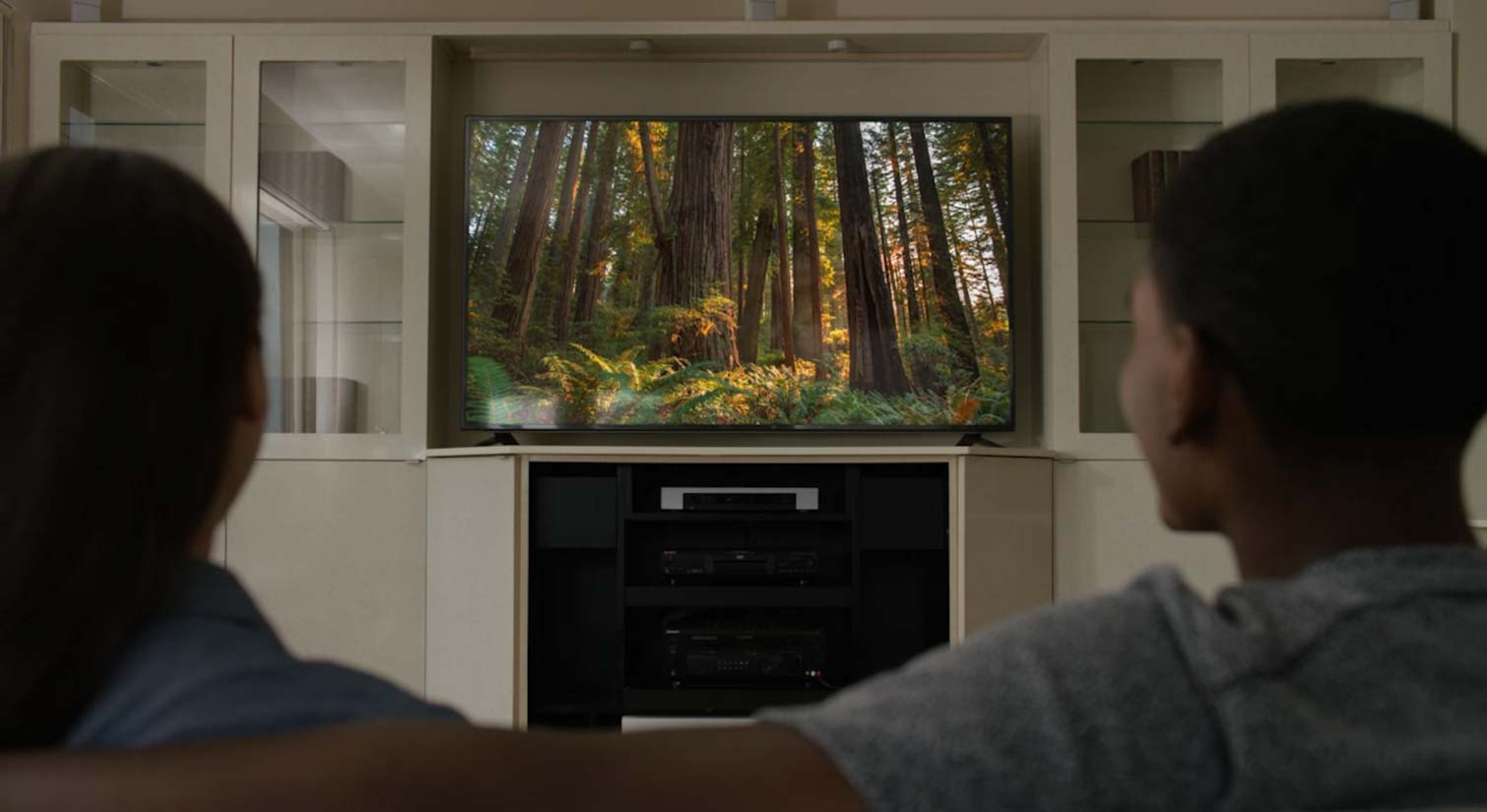
What is Dolby Vision?
Dolby Vision is the brand name for a high dynamic range (HDR) 4K video format developed and promoted by the folks that brought us Dolby Surround and all its subsequent permutations. To use the Dolby Vision logo on a TV or Blu-ray player, manufacturers must pay to certify their products and license the name. The Dolby HDR format is also used in video production, making it a professional as well as a consumer brand.
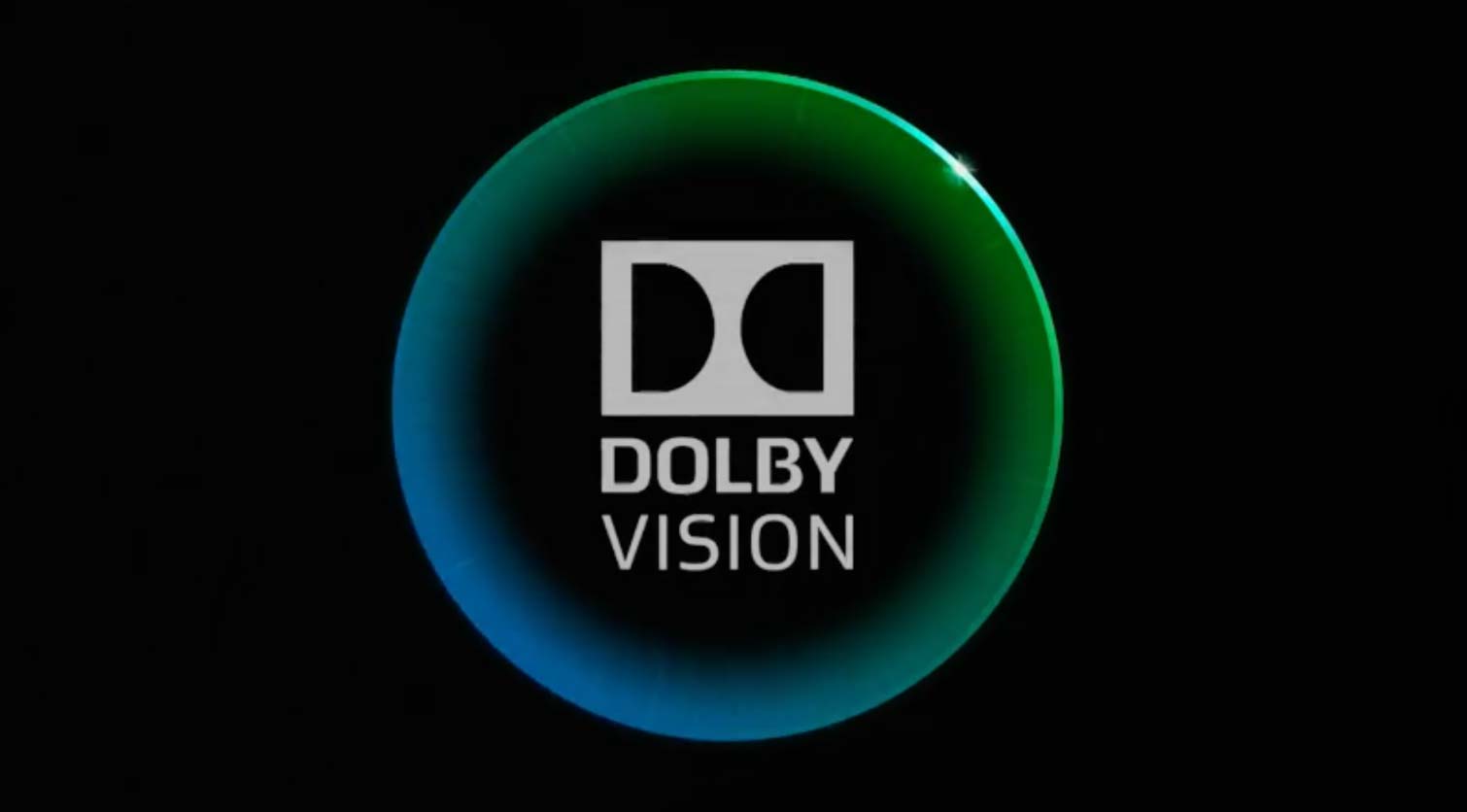
As a refresher, HDR was introduced as a way for TVs to display a greater number of colors (by increasing the color gamut) and more-intense colors (by boosting specific brightness levels). Before HDR, sets were limited by an old video specification for HDTV known as Rec. 709, which was based on technical limitations going back to the '90s.
Today's LCD and OLED sets have the capacity to display many more colors than older sets, but they didn't have a way to reach their full potential until HDR came along.
What's the difference between HDR10 and Dolby Vision?
HDR10 can be thought of as the open standard for high dynamic range content and TVs. All HDR-labeled sets (or Ultra HD Premium sets) should be able to handle HDR10. This standard lays out the basics of the format so that an HDR TV can read and properly play HDR material. Specific instructions or metadata included in HDR programs tell the display or disc player how to map colors and set brightness levels. Those instructions are essentially fixed for the entire program. HDR10 is also open in the sense that it doesn't dictate how, for example, movies should be encoded or compressed.
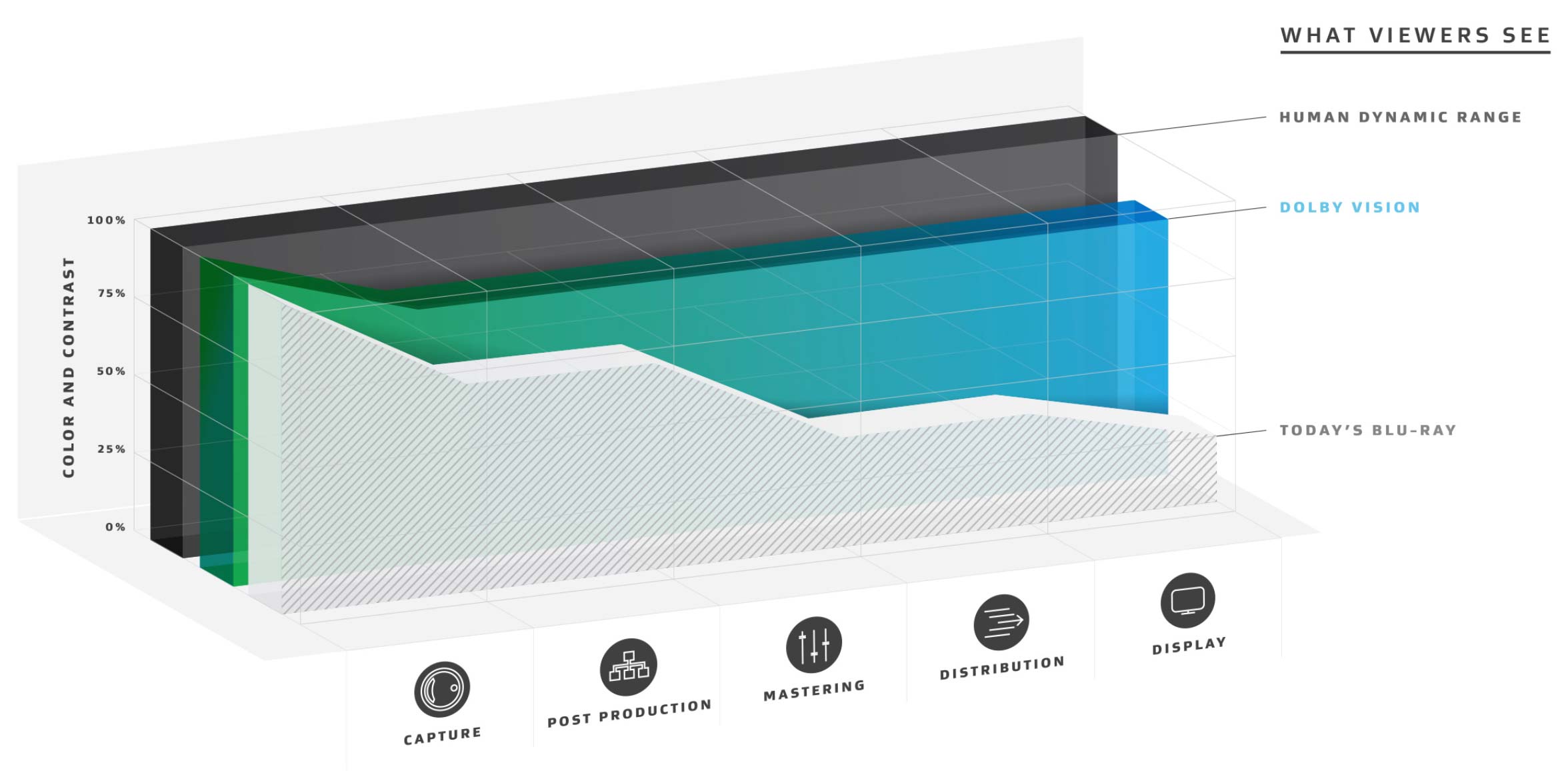
Conversely, Dolby Vision lays out many more specific instructions for compatibility with its format. In fact, Dolby's specification has instructions for how movie production, broadcast TV and TV displays should encode and decode Dolby Vision HDR material. In terms of TVs, Dolby Vision is more technically demanding than HDR10 — with some important provisos (see below).
Which is better, HDR10 or Dolby Vision?
That depends. If you look strictly at the specifications, Dolby Vision sets should deliver a more dynamic, brighter and livelier image. And TVs that meet the Dolby Vision specification should be technically superior to HDR10 sets. However, not all Dolby Vision TVs are created equal.
Dolby Vision provides for instructions or metadata that can change from scene to scene, telling the TV when push contrast or boost a particular color. Furthermore, Dolby's maximum spec for consumer TVs goes up to 12-bit color depth for a possible 68 billion colors (versus the old Rec. 709 8-bit color depth that renders just 16.7 million possible colors). On the brightness side, Dolby Vision allows for levels reaching 4,000 nits or more.
MORE: How to Get the Best Picture Quality from Your 4K TV
By comparison, HDR10 uses a fixed set of metadata, giving TVs less flexibility on how to handle different scenes in a particular movie, for example. HDR10 also stipulates a 10-bit color depth for up to 1.07 billion possible colors. And for brightness levels, HDR10 displays aim for 1,000 nits or more. But those numbers don't tell the whole story.
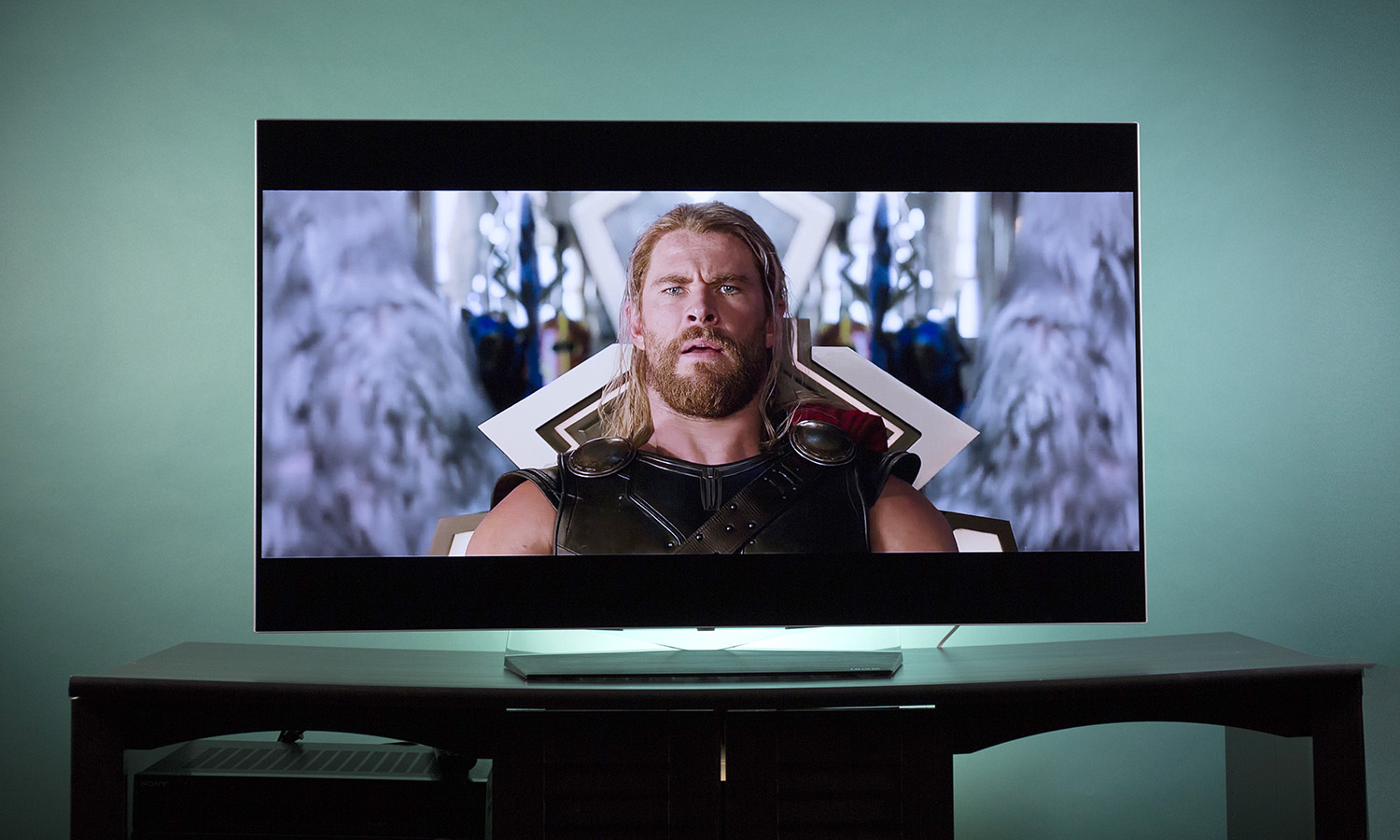
First, no consumer TVs are capable of 12-bit color depth. So the apparent Dolby Vision superiority in color depth may be realized only at some point in the future. Second, the brightness requirements are malleable in both Dolby and HDR10 formats. OLED sets, for example, cannot top the brightness levels of LCDs, but because OLEDs offer better contrast at lower light levels, they still qualify as HDR10- and Dolby Vision-compatible sets.
Confusing matters further, not all Dolby Vision-certified sets meet all aspects of the specification. Individual 4K sets may have a different number of individual brightness-control zones, for example, which can significantly affect picture quality.
Ultimately, the gating factor is the TV itself, not simply whether it supports Dolby Vision.
What TVs and Blu-ray players are compatible with Dolby Vision?
Dolby Vision is rapidly becoming the de facto HDR standard for 4K TVs. All the major manufacturers, from LG to TCL, offer sets that are compatible. The feature can be found in premium sets, like the top of the line LG E7 OLED and Sony Bravia OLED XBR-65A1E down to budget-friendly value picks, like the TCL Roku TV 55P607 or the Hisense 43H6D.
Here are some of the Dolby Vision-equipped sets we’ve reviewed in the last six months:
- LG E7 OLED (OLED65E7P)
- Sony Bravia OLED XBR-65A1E
- LG B7 OLED (OLED55B7P)
- TCL Roku TV 55P607
- Vizio SmartCast M-Series M65-E0
- Hisense 43H6D
Sony was a holdout that recently joined the Dolby Vision fold, and many Sony TVs that sold without Dolby Vision support initially now can thanks to a recent software update. If you aren’t sure whether your set has upgraded to Dolby Vision without your noticing, you may want to check the manufacturer product support page, or even call the company’s customer support line to find out if such an update has been made, and how to make sure you’re able to use it.
You may also notice that Samsung is conspicuously absent in the list above. Samsung is now the one major TV maker that continues to shun Dolby Vision, pushing the company’s own rival HDR10+ standard instead.
There are also Dolby Vision-compatible Ultra HD Blu-ray players available from LG, Sony and others.
Does Dolby Vision make any difference in picture quality?
Yes. While you may not be able to see, for example, all those billions of colors, the critical difference is in the transitions between colors, such as in a sunset. With fewer colors you see banding or lines across the screen instead of the smooth color gradients that HDR sets can create.
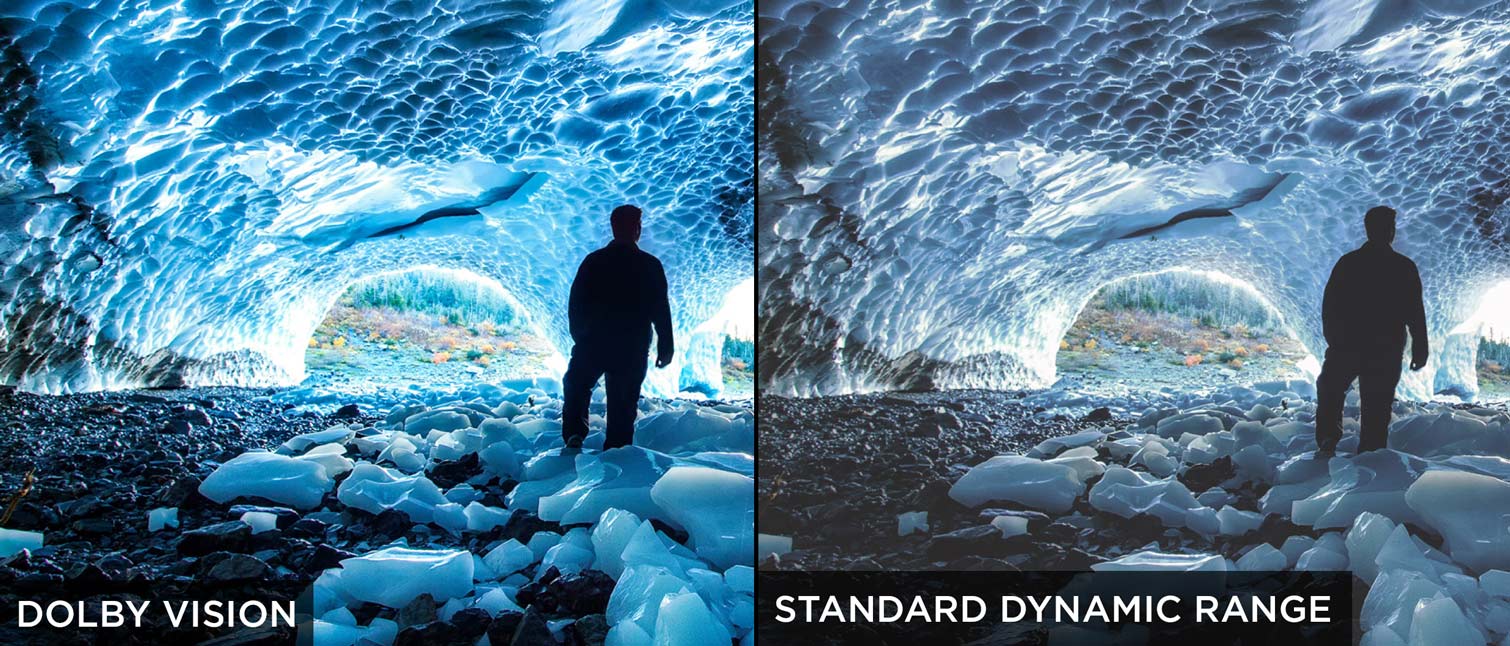
With HDR content, there's also a greater dynamism and sense of realism in scenes that have rich colors — think verdant jungles with iridescent birds flying by — and in programs with high-contrast elements — think neon signs along a darkened street.
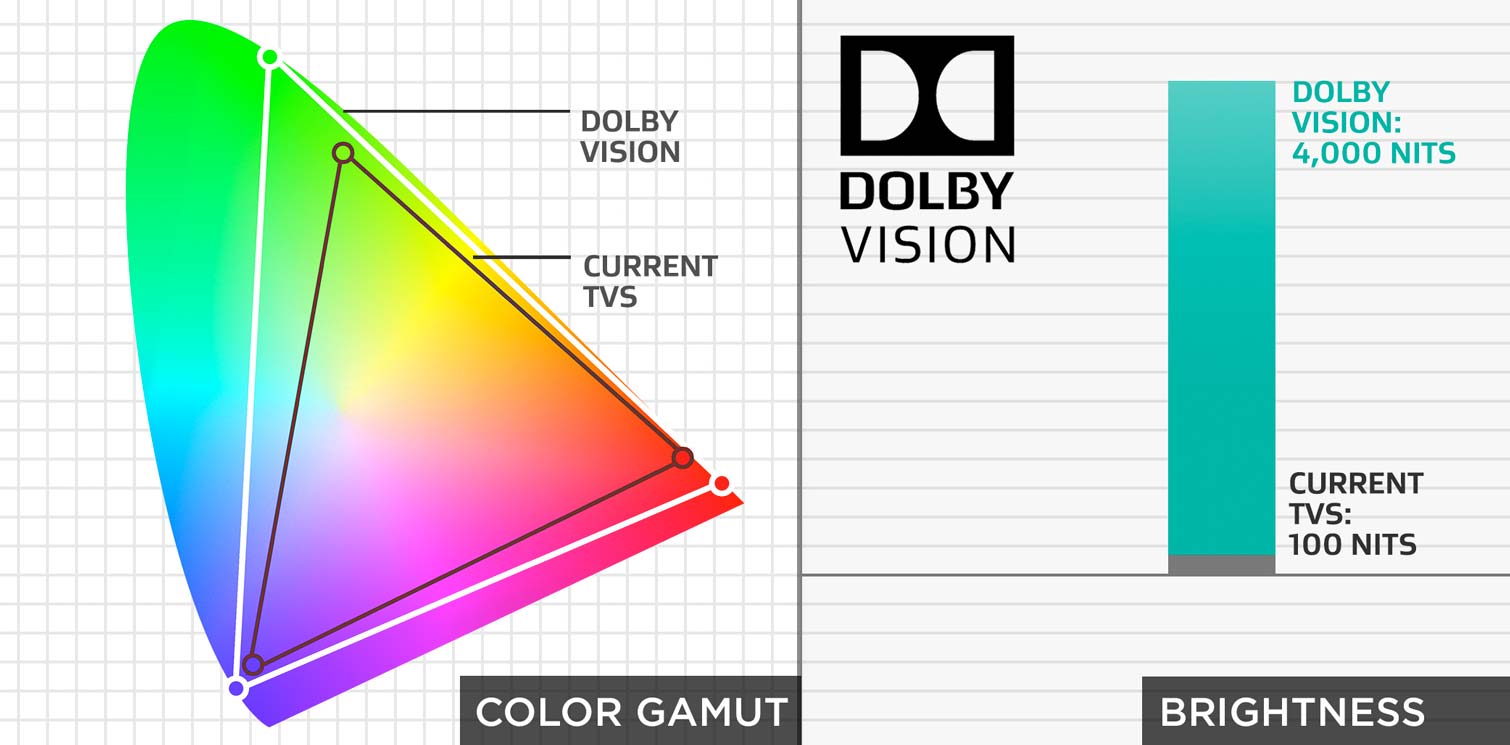
What about HDR10+?
Yes, there is another HDR specification you'll see called HDR10+. It is supported by Samsung and Amazon, among others, and seeks to address some of the shortcomings of HDR10. The primary feature of the plus format is that it allows for dynamic metadata, similar to what Dolby Vision offers, to improve picture performance and visible image details in different scenes within the same program.
Where can I find Dolby Vision content?
The collection of Ultra HD Blu-ray discs available in the Dolby Vision format is paltry, and that's being generous. However, discs in general are continuing their steady decline as a preferred format. So the best sources for Dolby Vision movies and programs are the streaming services.
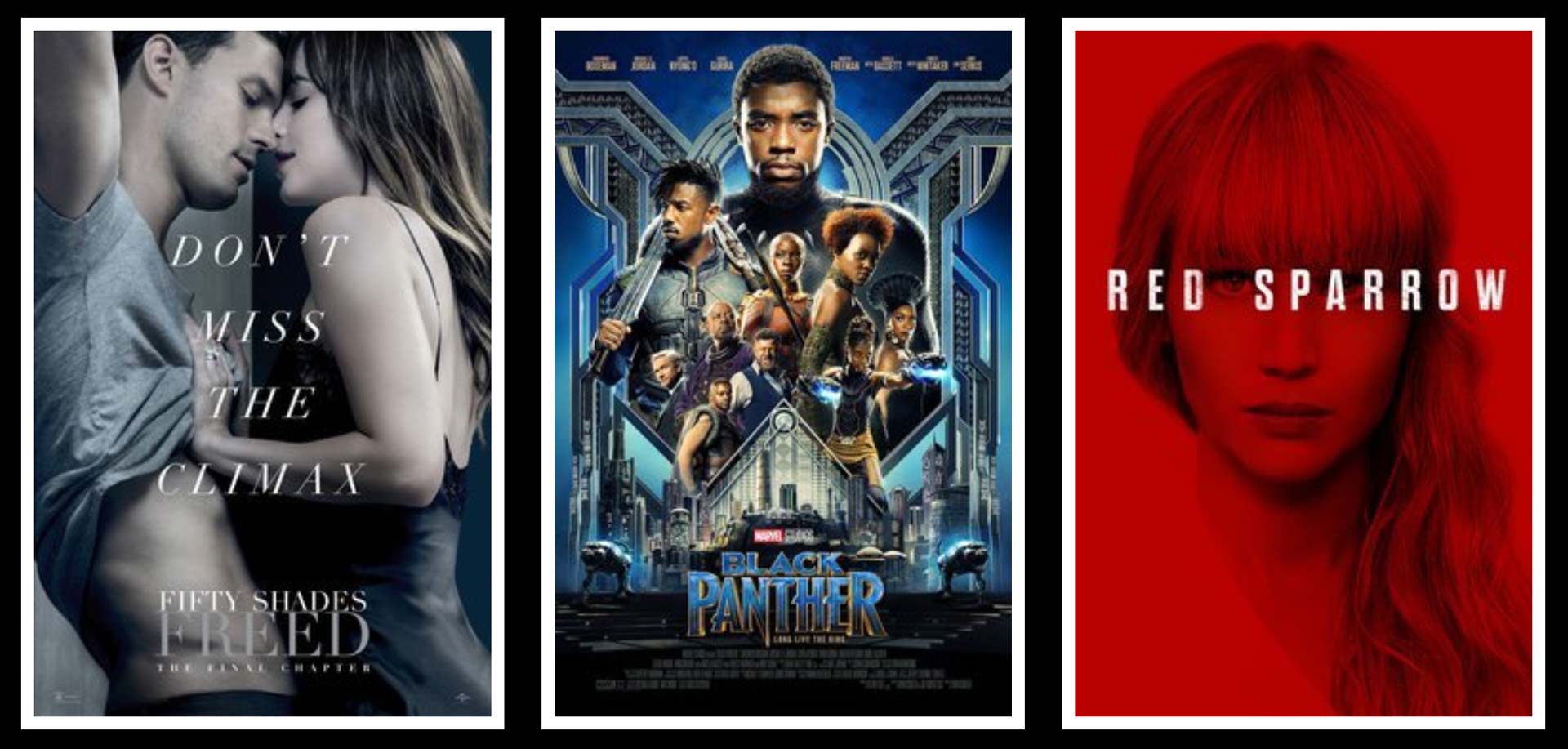
Netflix has been at the forefront of delivering Dolby Vision flicks, such as The Cloverfield Paradox. Amazon Prime Video and Vudu also have Dolby Vision 4K content and are slowly expanding their offerings.
Credit: Tom's Guide
- The Best TVs: Our Favorite 4K (Ultra HD) TVs Available Now
- Best New Shows and Movies on Hulu
- What is 4K? Ultra High Definition TV Explained
Sign up to get the BEST of Tom's Guide direct to your inbox.
Get instant access to breaking news, the hottest reviews, great deals and helpful tips.
John R. Quain has been reviewing and testing video and audio equipment for more than 20 years. For Tom's Guide, he has reviewed televisions, HDTV antennas, electric bikes, electric cars, as well as other outdoor equipment. He is currently a contributor to The New York Times and the CBS News television program.

